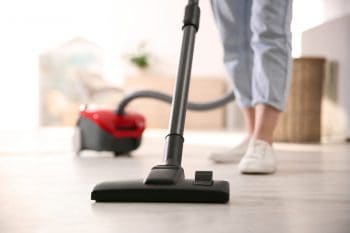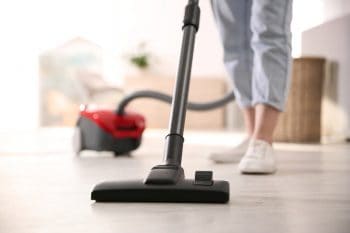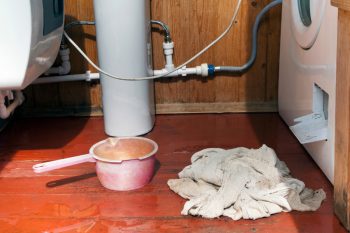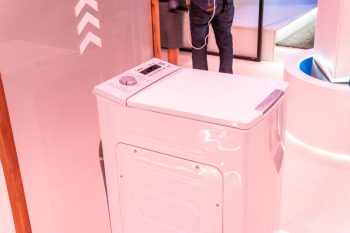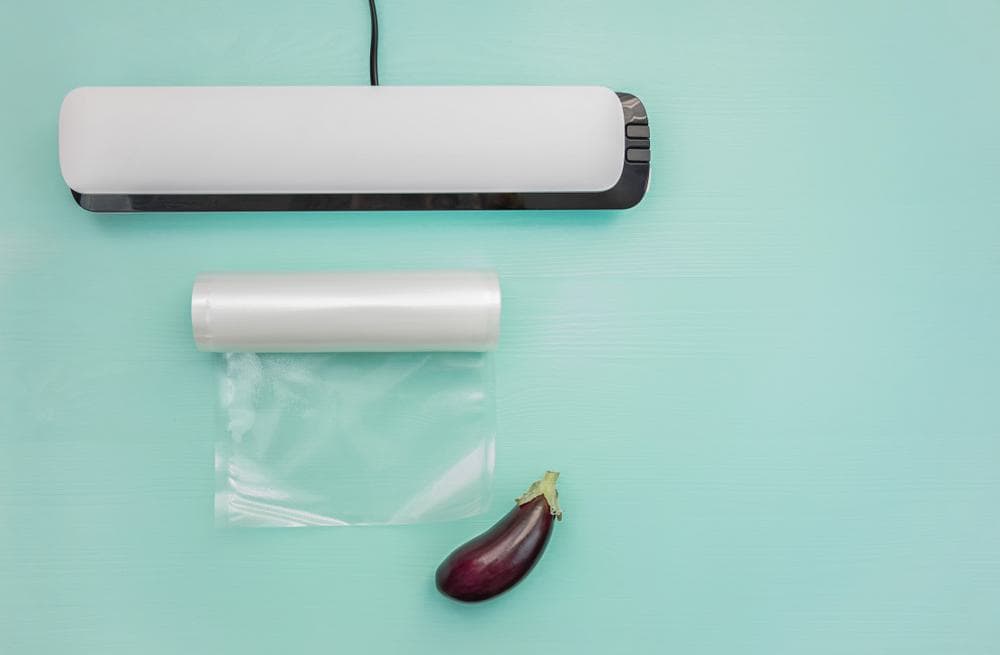
Oatmeal is a nutritious and versatile food that can be enjoyed in many ways. However, like many other food items, oatmeal can spoil over time if not stored properly. One of the best ways to store oatmeal long-term and maintain its freshness is to vacuum seal it. This article will guide you step-by-step on how to vacuum seal oatmeal effectively.
To vacuum seal oatmeal, you’ll need a vacuum sealer machine and vacuum-sealable bags or containers. Pour the oatmeal into the container, leaving some space at the top. If using vacuum sealer bags, place the open end of the bag into the vacuum sealer and follow the manufacturer’s instructions to remove the air and seal the bag. If using mason jars, attach the jar sealer attachment to your vacuum sealer, place it over the jar’s opening, and follow the manufacturer’s instructions to remove the air and seal the jar. Label and date the container, then store it in a cool, dark, and dry place.
Why Vacuum Seal Oatmeal?
Vacuum sealing oatmeal has several benefits. It extends the shelf life of the oatmeal by removing air from the packaging, thus preventing the growth of bacteria and molds. The process also helps preserve the freshness and nutritional value of the oatmeal, making it a practical option for those who buy in bulk or want to store oatmeal for long-term use.
Moreover, vacuum sealing protects oatmeal from pests such as pantry moths and weevils, which can infest and spoil your food. When stored properly, vacuum-sealed oatmeal can last for up to 25 years!
What You Will Need
To vacuum seal oatmeal, you will need: – A vacuum sealer machine – Vacuum-sealable bags or containers – Oatmeal (steel-cut oats, rolled oats, instant oats, or oat flour)
Optional but recommended: – Freezer (for freezing the oatmeal before vacuum sealing) – Oxygen absorbers (for removing any remaining oxygen in the container)
Step-by-Step Process to Vacuum Seal Oatmeal
Follow these steps to effectively vacuum seal oatmeal:
- Choose the right container: Vacuum sealer bags, mason jars, or mylar bags can be used for storing oatmeal. Ensure the container is clean and dry before filling it with oats.
- Freeze the oatmeal (optional): Freezing the oatmeal for a few days before vacuum sealing can help kill any insect eggs that might be present in the oats.
- Fill the container: Pour the oatmeal into the chosen container, leaving some space at the top for sealing.
- Use oxygen absorbers (optional): Adding oxygen absorbers to the container can help extend the shelf life of the oatmeal by removing any remaining oxygen.
- Seal the container: If using vacuum sealer bags or mylar bags, place the open end of the bag into the vacuum sealer and follow the manufacturer’s instructions to remove the air and seal the bag. If using mason jars, attach the jar sealer attachment to your vacuum sealer, place it over the jar’s opening, and follow the manufacturer’s instructions to remove the air and seal the jar.
- Label and date the container: Write the contents and date on the container to keep track of the storage time.
- Store the sealed oatmeal in a cool, dark, and dry place: Proper storage conditions can help extend the shelf life of the oatmeal.
Potential Downsides and Risks
While vacuum sealing oatmeal is generally beneficial, there are a few potential downsides or risks to be aware of. For one, if the oatmeal is not completely dry before vacuum sealing, there’s a risk of mold or mildew development.
Another potential downside is the compression of the oatmeal, especially rolled oats, when vacuum sealed. This may reduce their volume and slightly alter their texture.
However, these potential issues can be effectively mitigated by ensuring the oatmeal is thoroughly dry before sealing and by storing the sealed oatmeal in appropriate conditions.
Final Thoughts
Vacuum sealing oatmeal is a practical and effective method to preserve its freshness, extend its shelf life, and protect it from pests. By following the steps outlined in this guide, you can ensure that your oatmeal remains fresh and nutritious for an extended period, even up to 25 years! So why not give it a try? Your future self might thank you for it.
Frequently Asked Questions
Can I vacuum seal cooked oatmeal?
No, it’s not recommended to vacuum seal cooked oatmeal. Vacuum sealing is best used for dry goods like raw oatmeal. Cooked oatmeal contains moisture, which can create a conducive environment for bacteria and mold growth when vacuum-sealed.
What type of vacuum sealer is best for sealing oatmeal?
There are many brands and models of vacuum sealers available, and most should work well for sealing oatmeal. It’s best to choose a model that has good reviews for its sealing power and durability. Some vacuum sealers also come with jar sealing attachments, which can be handy if you prefer to store your oatmeal in jars.
Can I vacuum seal other grains like oatmeal?
Yes, you can vacuum seal other grains the same way you do with oatmeal. This includes rice, wheat, barley, and others. Just like oatmeal, these grains can benefit from vacuum sealing by extending their shelf life and preserving their freshness.
Should I wash the oatmeal before vacuum sealing?
No, it’s not necessary to wash the oatmeal before vacuum sealing. In fact, adding moisture to the oatmeal can increase the risk of mold and mildew development. It’s best to vacuum seal the oatmeal as is, directly from its original packaging.
How long does vacuum-sealed oatmeal last?
When properly vacuum-sealed and stored in a cool, dark, and dry place, oatmeal can last for up to 25 years! However, it’s always a good idea to check the oatmeal for any signs of spoilage before using, regardless of how long it’s been stored.



